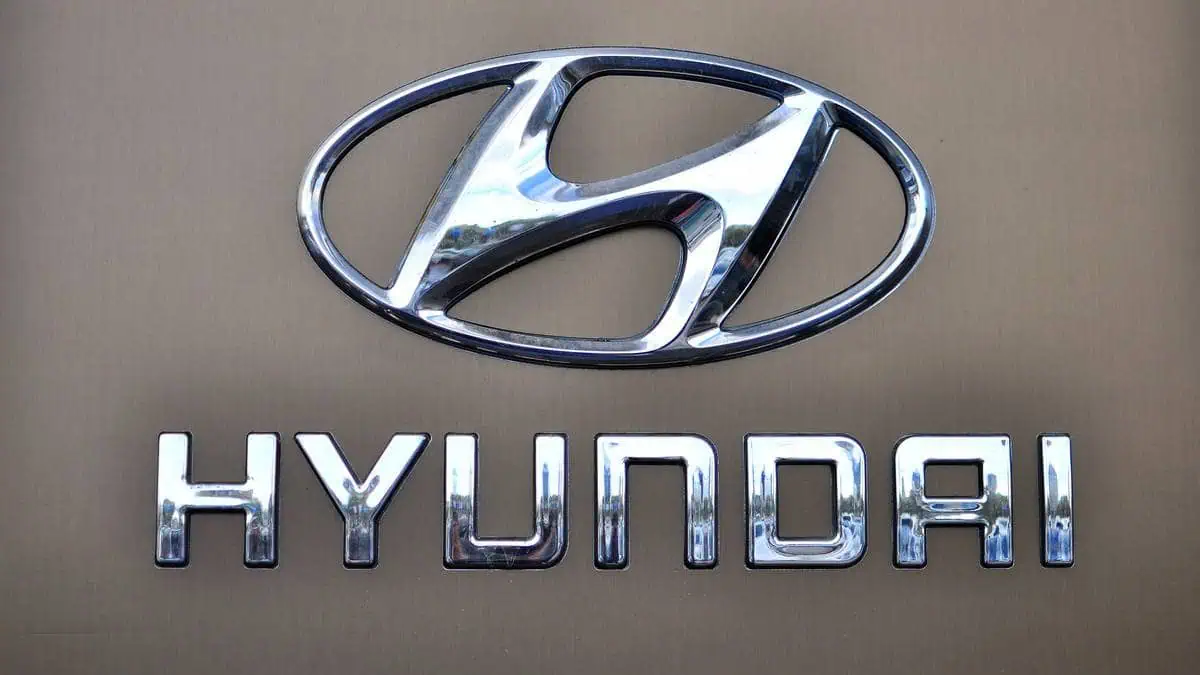Chinese electric vehicle giant BYD debuted three new models at this year’s Shanghai Auto Show. During the event, BYD General Manager Li Yunfei also announced that the automaker’s cumulative sales objective in domestic and foreign markets is 3 million vehicles in 2023.
Yunfei believes that they will be able to reach their target thanks to the brand matrix’s improvement and the rapidity of the release of new models onto the market.
“China’s auto market is huge, and even if a certain segment has a small market share, it will still be a very large market.”
BYD General Manager Li Yunfei
Apart from these, BYD has also presented its new brands to reach all customers with different purchasing power.
BYD’s multi-brand strategy
The Chinese automaker offers many brands with different price ranges to make EVs accessible to all customers.
Gizmochina reported the list of brands BYD presented at the Auto Show Shanghai along with their price ranges below:
- BYD: below 300,000 Yuan ($40,000-$45,000)
- Tengshi: 400,000 to 600,000 Yuan ($55,000-$90,000)
- F: 600,000 to 800,000 Yuan ($90,000-$120,000)
- Yangwang: 800,000 and 1,500,000 Yuan ($120,000-$220,000)
The BYD brand focuses on the mass market EVs costing below 300,000 Yuan ($40,000-$45,000). Tengshi produces EVs for the luxury car segment, with a price range of 400,000 to 600,000 Yuan ($55,000-$90,000). The F brand targets the personalized market costing between 600,000 to 800,000 Yuan ($90,000-$120,000). Meanwhile, the high-end brand Yangwang offers EVs with a price range of 800,000 and 1,500,000 Yuan ($120,000-$220,000).
BYD employs this multi-brand strategy to meet various customer needs and capabilities. Yangwang brand will start delivery operations by the end of Q3 2023.
Meanwhile, the F brand’s name and emblem will be revealed between May and June. Its debut model will be displayed at the Chengdu Auto Show, with sales beginning in the fourth quarter.
BYD’s electrification efforts
In 2022, BYD invested more than 20.223 billion yuan in R&D overall, according to the company’s annual report. It accounts for 4.77% of operating income and represents an increase of 90.31% year-on-year.
Over the past decade, BYD has reportedly employed 70,000 R&D employees and filed more than 40,000 patents.
Moreover, BYD has adopted innovative technologies such as battery-vehicle body integration and more effective hybrid systems since ceasing traditional car production in March 2022.
See Also:
- BYD’s sales of plug-in car sales nearly doubled in March 2023
- BYD to launch its new all-electric car with an 8-in-1 powertrain on April 6
- BYD plans to reveal its new technology “Yunnian,” on April 10
- BYD overcame challenges brought by Tesla’s price cuts, reports an 11-fold rise in Q4 2022 profit
- BYD’s mysterious new brand, labeled “F Brand” may target the off-road market
All that said, Li Yunfei predicts that the domestic auto market will be very competitive over the next three to five years due to the faster-than-expected electrification of fuel-powered vehicles.
“The past few years have been a critical point in the development of China’s new energy passenger vehicle industry, which has grown from a market share of less than 5% to over 30% in the first quarter of this year.”
BYD General Manager Li Yunfei
Considering all these efforts, there’s no wonder why BYD has been leading not only the Chinese market but also the global industry.






